Vall d’Nuria
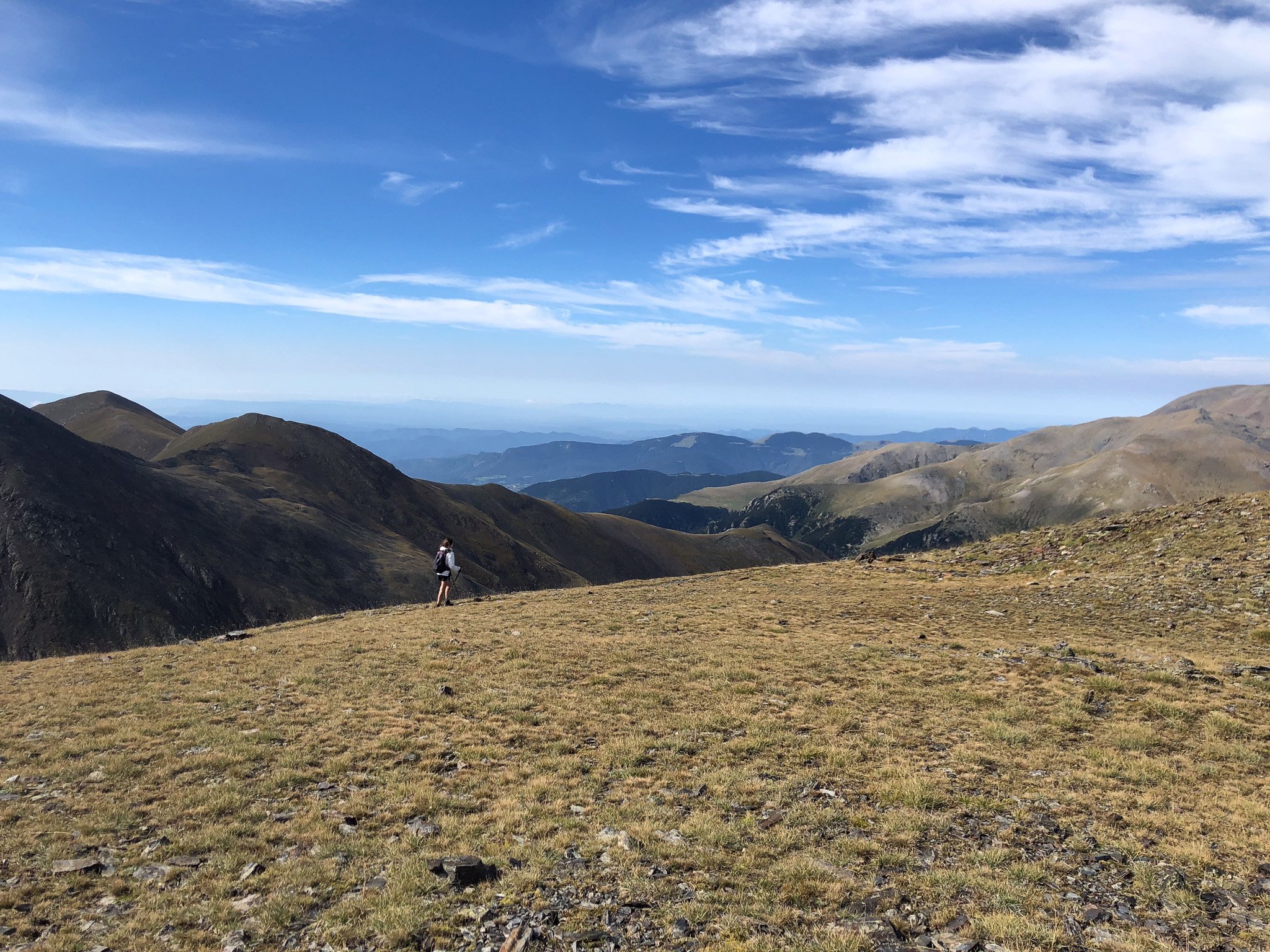
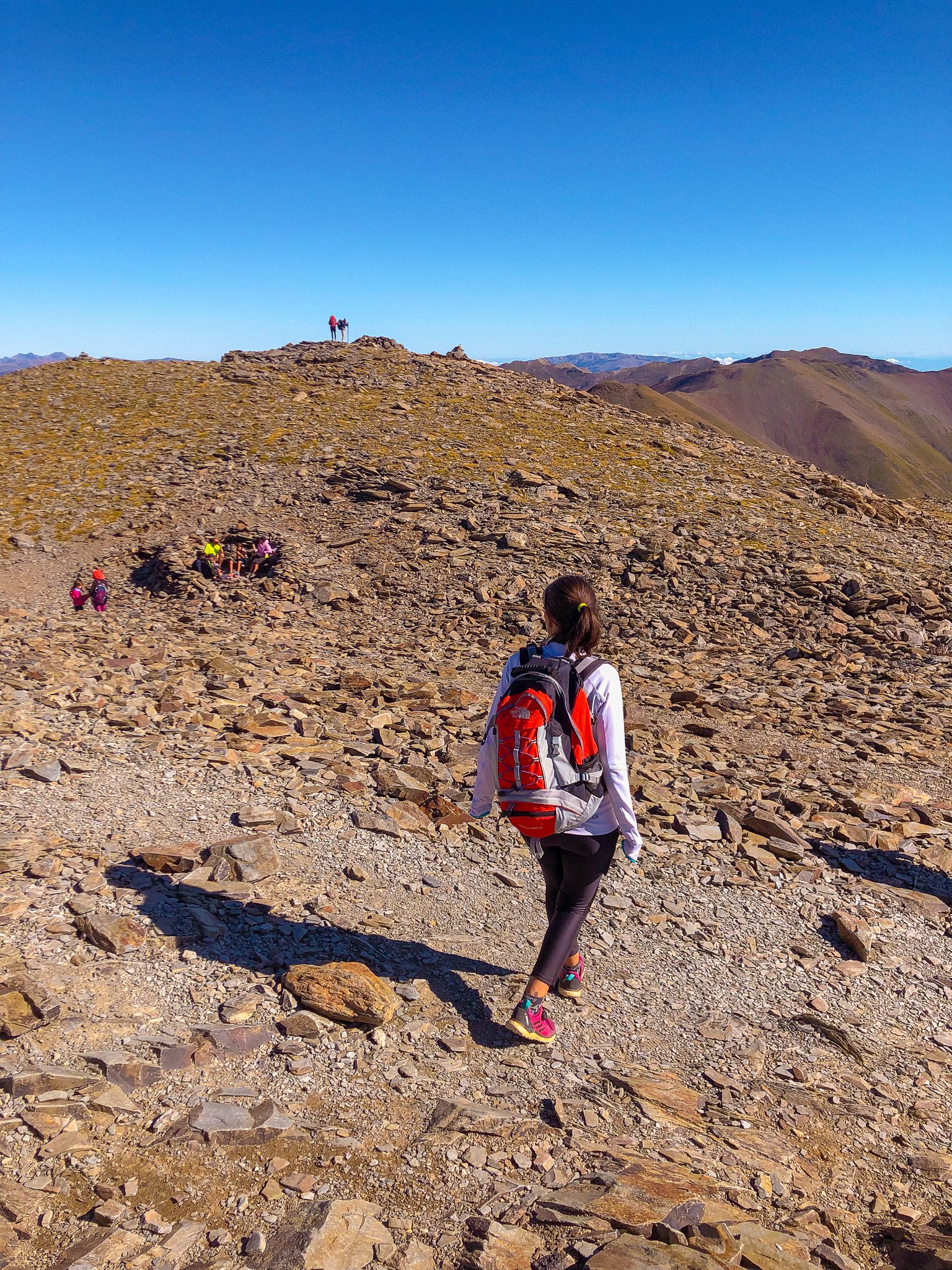
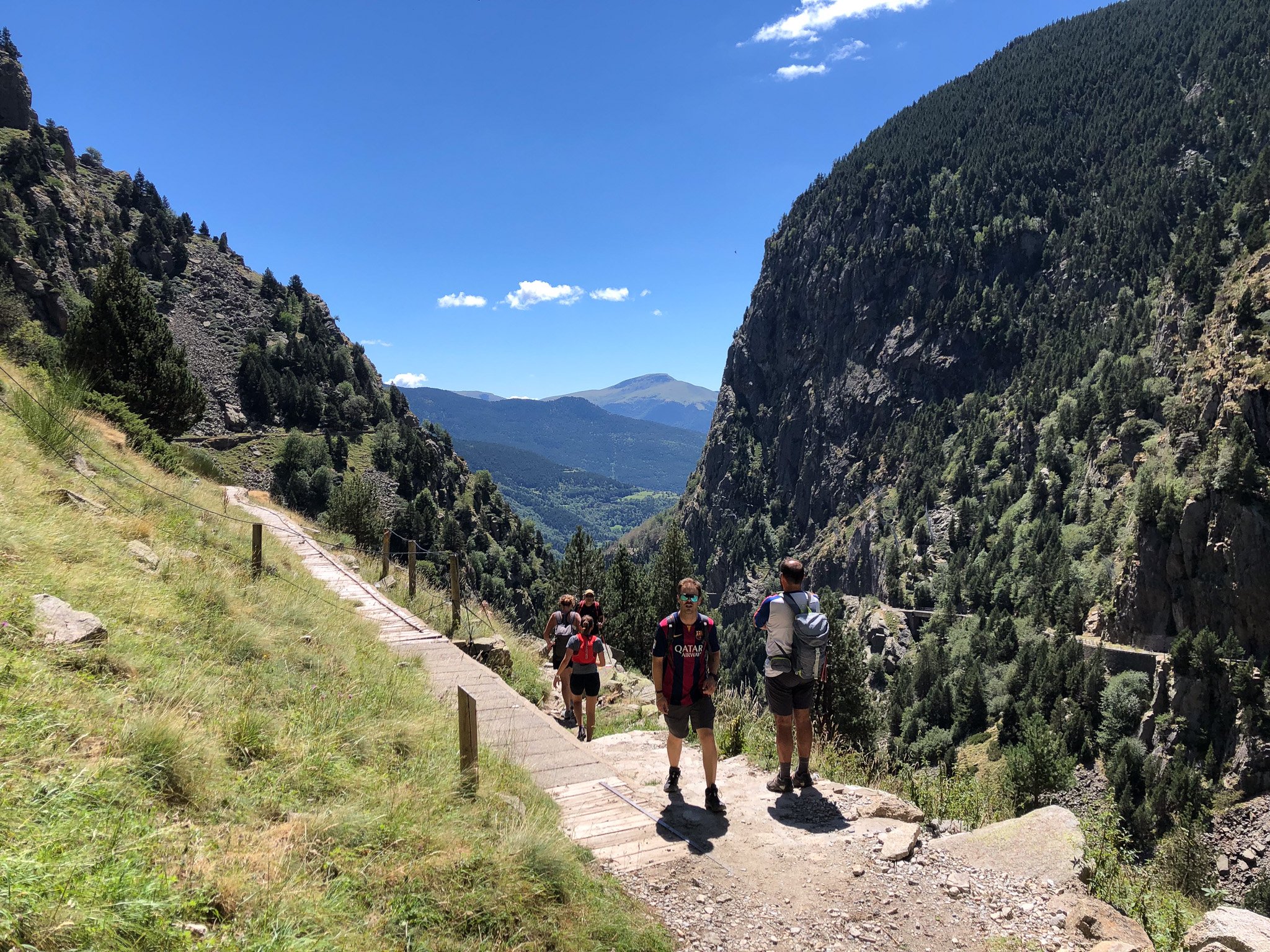
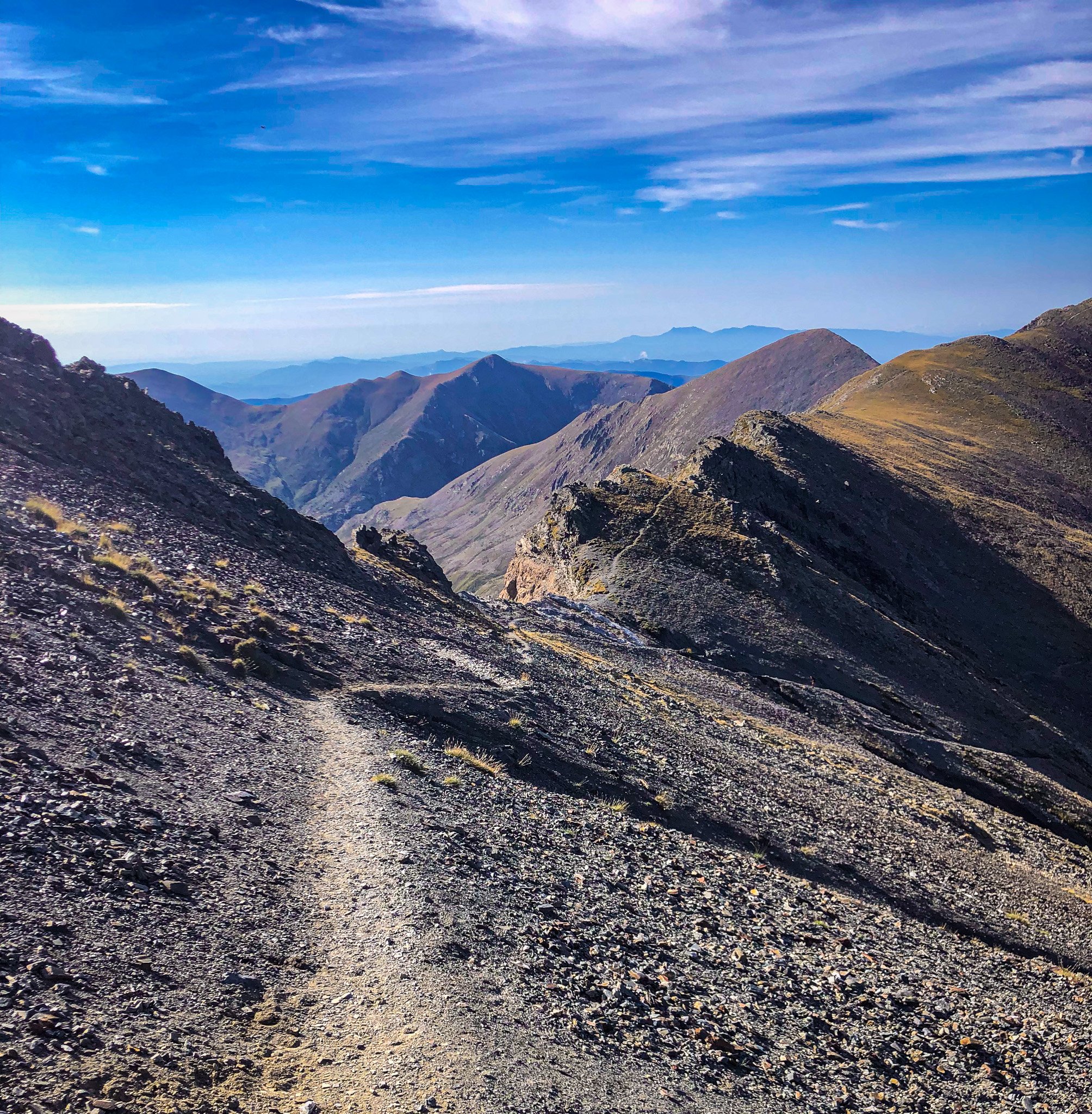
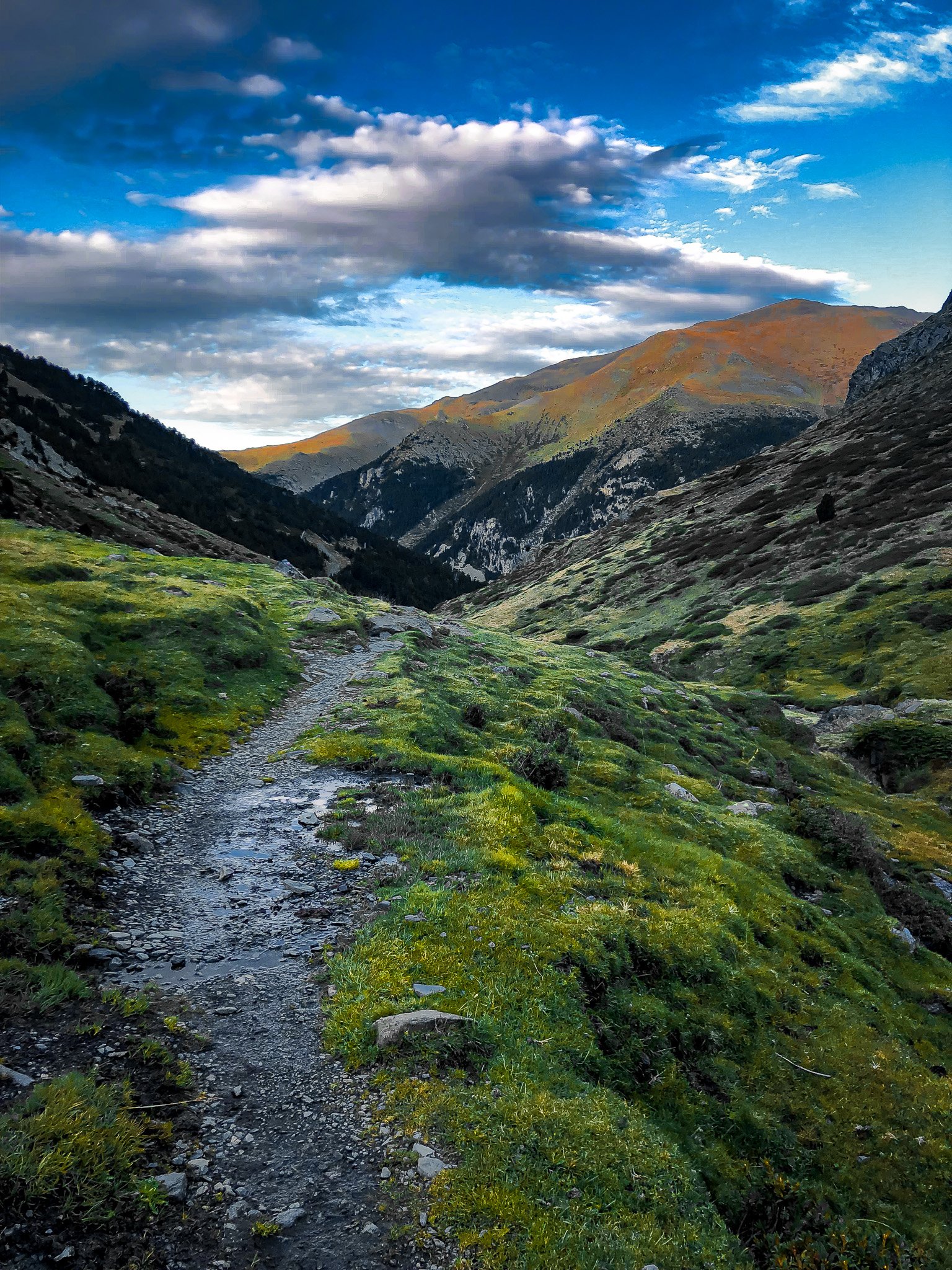
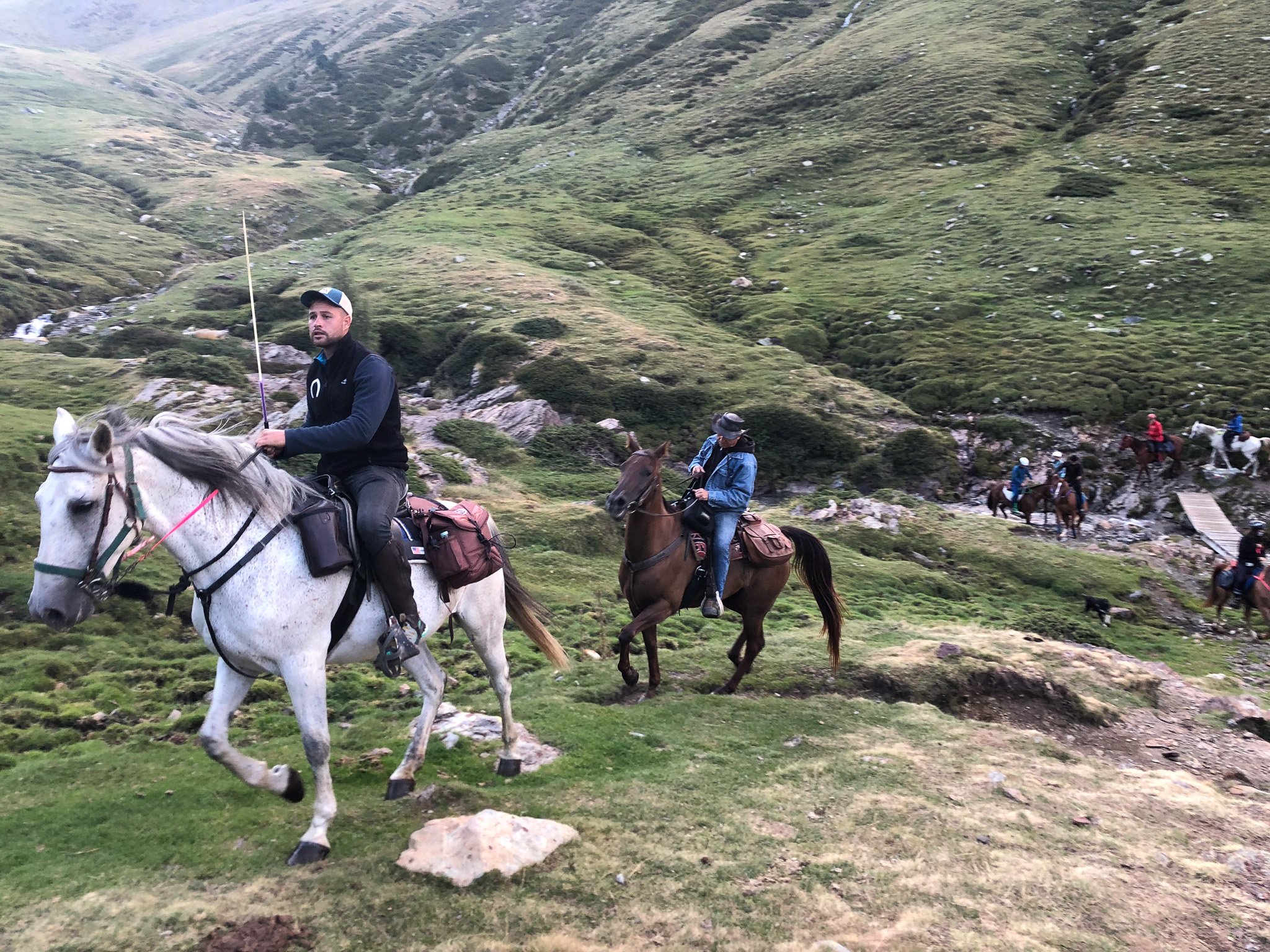
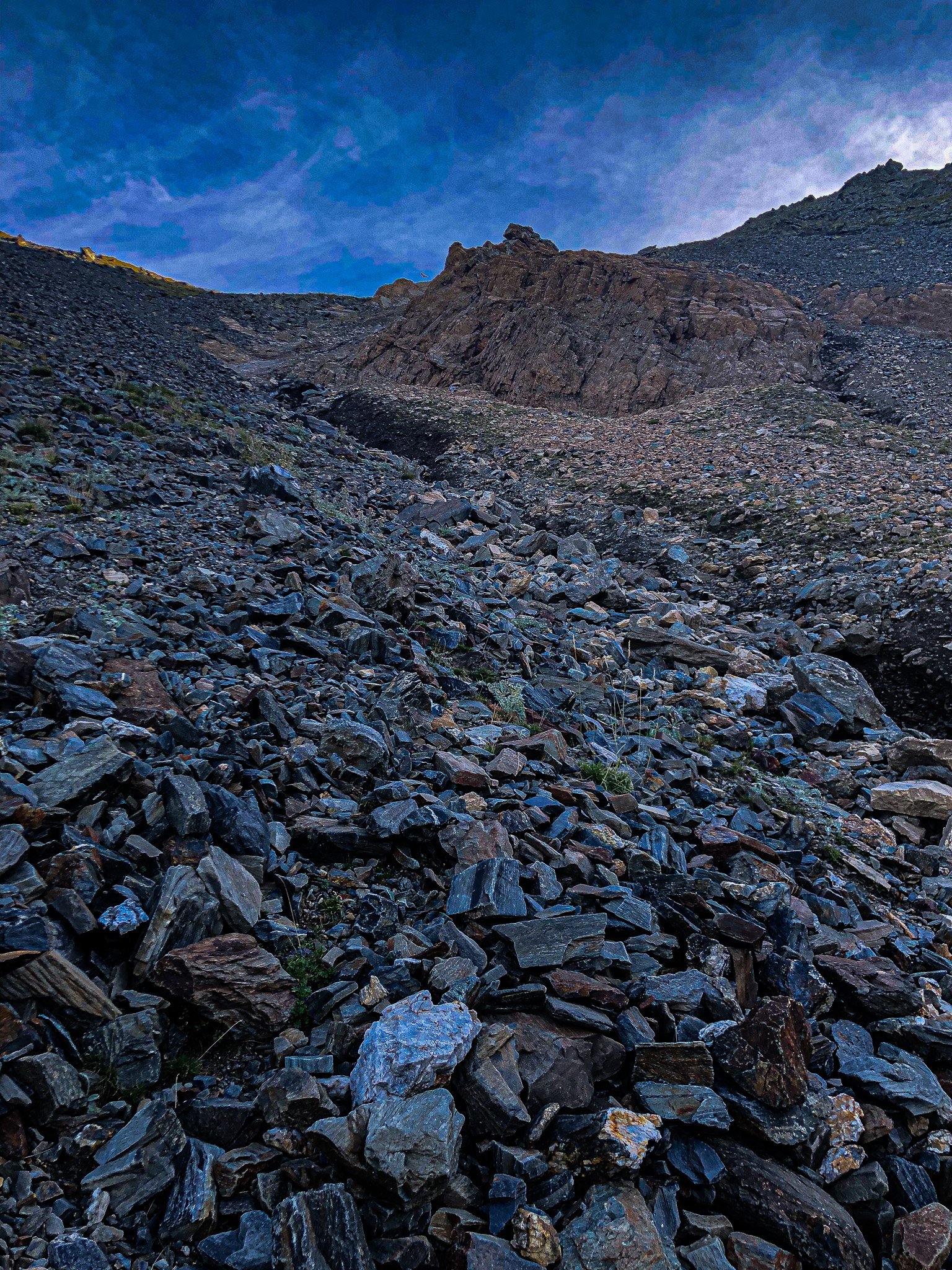
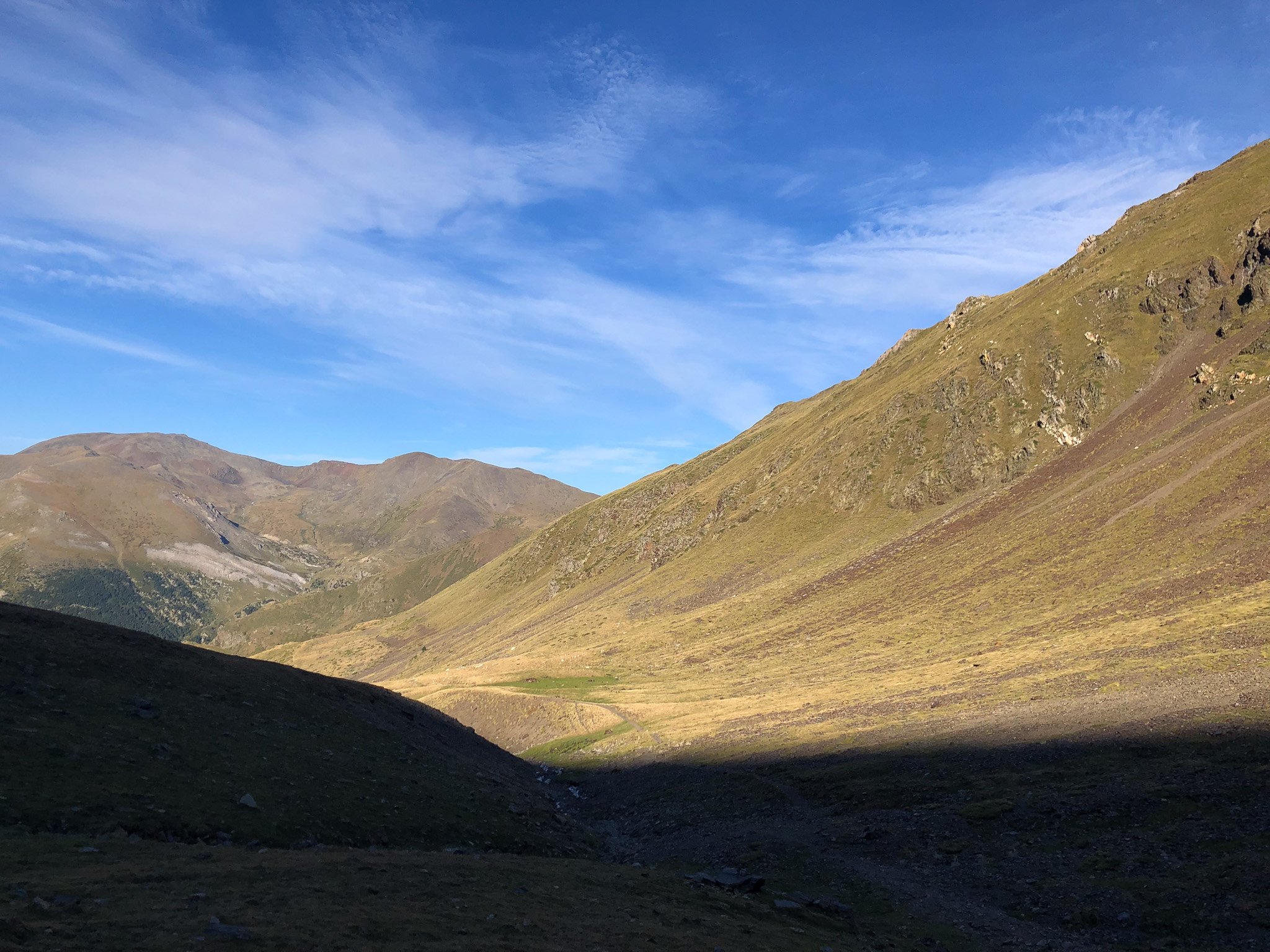
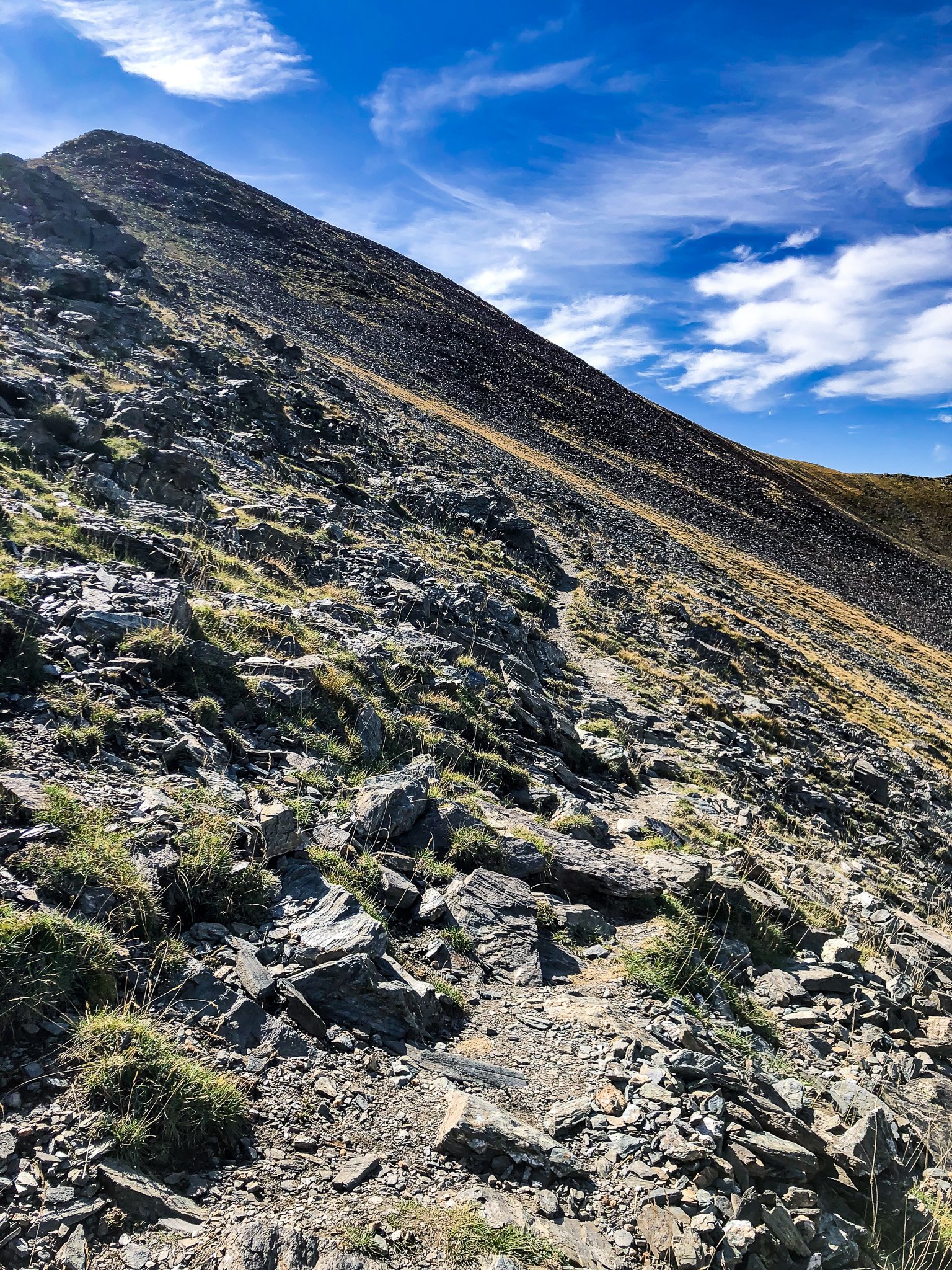
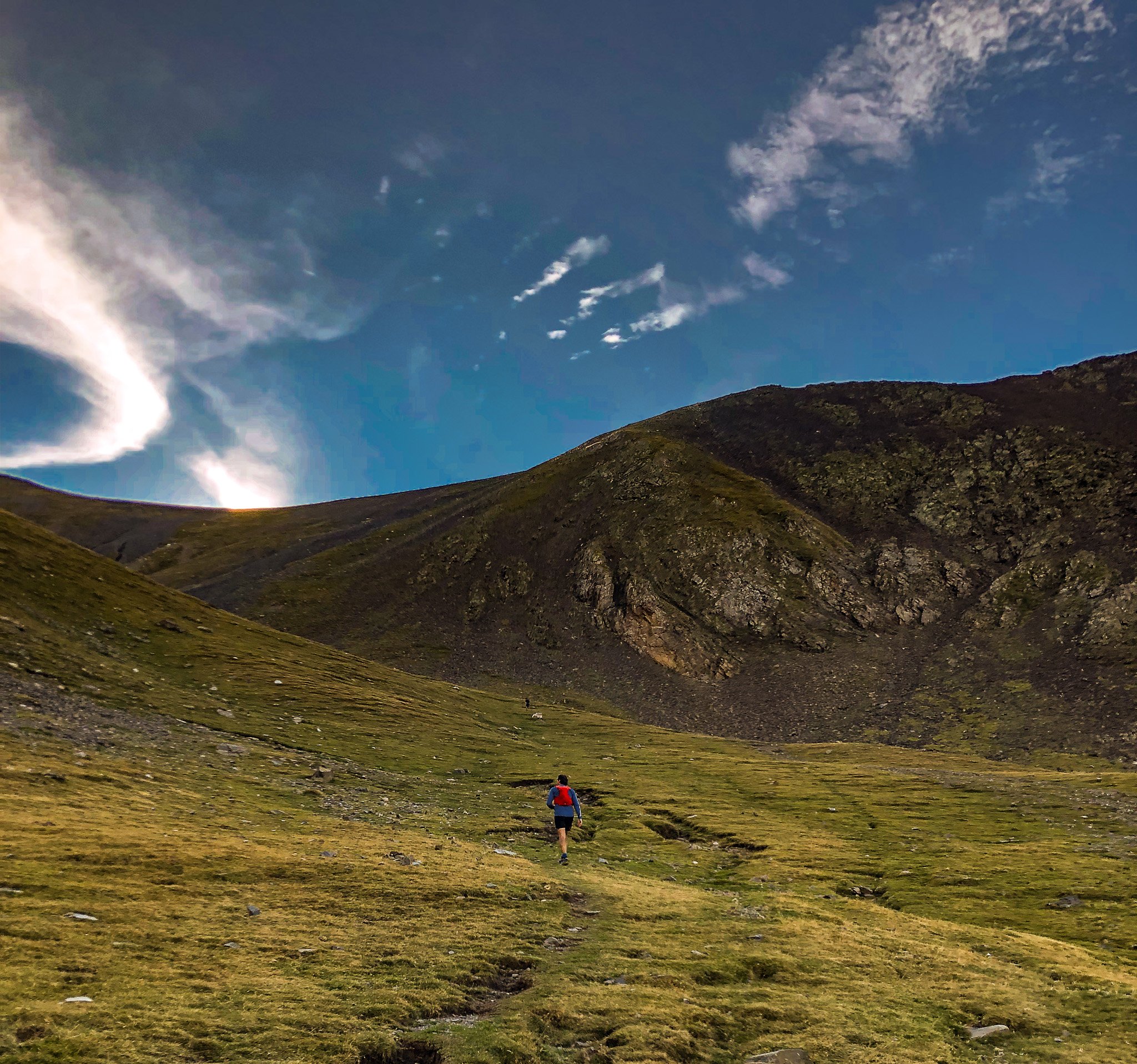
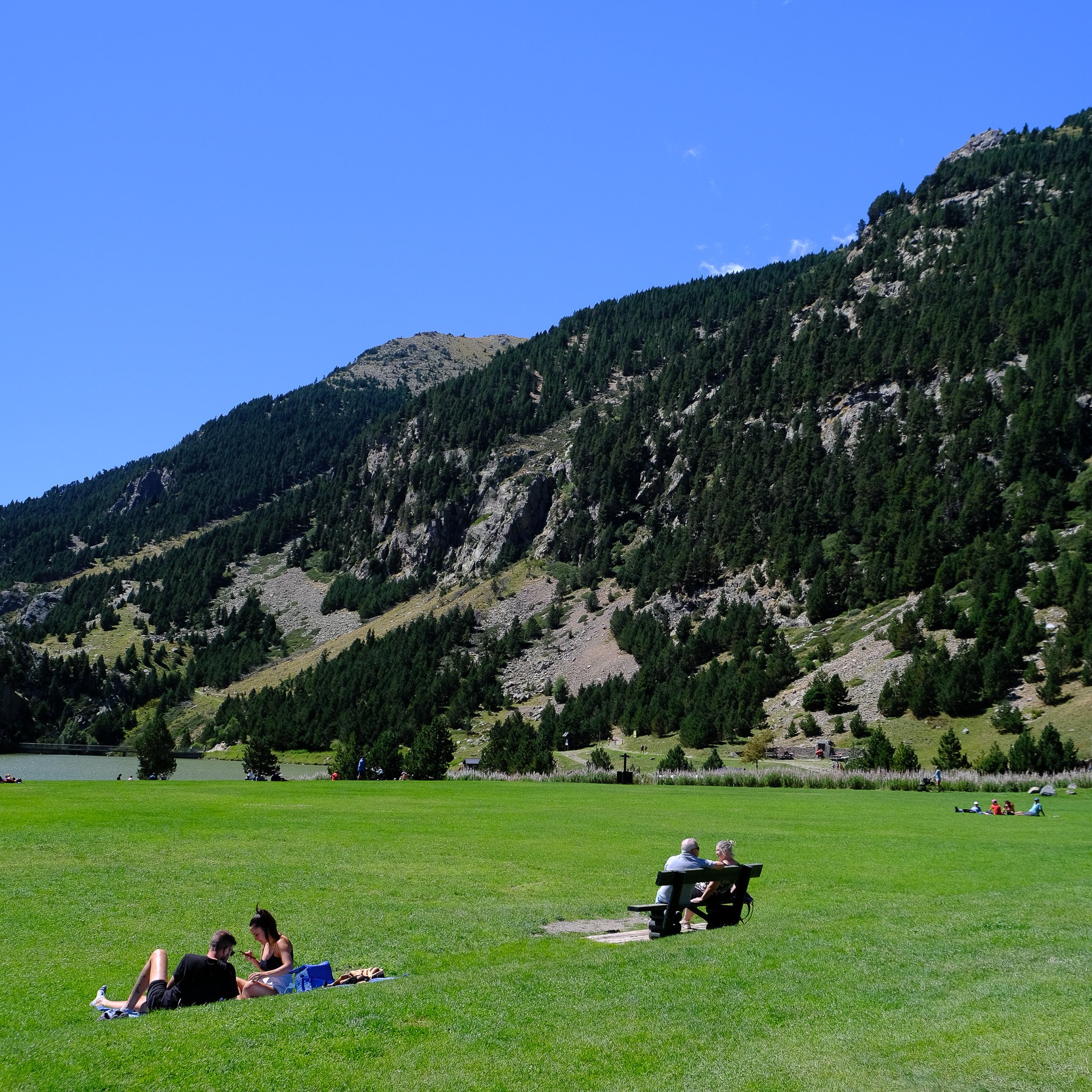

Travel Note
The Vall de Núria has been my favorite mountain escape from Barcelona for years. I was first introduced to it by a good friend, Eduardo, and ever since, I’ve returned whenever I get the chance. When I need to get away, this is my first choice—not only because of its proximity to Barcelona, but because once you're there, you're practically hugging the French border, nestled in the western Pyrenees.
Vall de Núria has become a training ground for mountain lovers, offering a wide variety of trails. One of my favorite routes is to Ulldeter—often referred to as the "2,000 meters"—where you can challenge yourself with peaks like Pic de l'Infern, all above the 2,000-meter mark. Another remarkable trail leads toward Thuès-les-Bains (Thues de Carança) and the French border. From there, you can catch the scenic Yellow Train (Le Train Jaune) that winds through to Perpignan and other charming towns in the Languedoc region.
I’ve also come to love spending the night in Ribes de Freser, the gateway town to Núria. With its excellent charcuterie and local wines, it offers a simple yet rich gastronomic experience before hitting the trails.
One route I often take is the Camí dels Enginyers (Engineer’s Path), which leads to the Refugi de Coma de Vaca. I usually board the rack railway to Queralbs, then begin the hike from there. From Coma de Vaca, you have several choices—continue on to Núria, Ulldeter, or take one of the trails that lead toward France or the higher Pyrenean peaks above 2,000 meters.
🌟 Why Vall de Núria is a must‑see
1. Dramatic arrival by rack railway
The Cremallera de Núria, operating since 1931, climbs 12.5 km and over 1,000 m in about 40 minutes — a singular mountain journey with spectacular gorge and forest views.
It’s one of the only rack railways in Spain — and the trip is an attraction in itself.
2. Rich historical and spiritual heritage
Centered around the Sanctuary of the Virgin of Núria, an 800‑year pilgrimage site built around a 12th‑century wooden statue.
In 1931, the first Catalan Statute of Autonomy was drafted in the valley’s hotel room 202 — giving Núria deep regional significance.
Tradition holds that the sanctuary grants fertility, and the name “Núria” remains a popular Catalan girl’s name.
3. All‑season outdoor playground
Winter: A family‑friendly ski resort with 10 alpine trails (green to black), a chairlift, gondola, snowpark, sledding, snowshoe routes, schools, and even ice‑scuba experiences u
Summer: Offers hiking to peaks like Puigmal (2,909 m), varied trekking routes, horseback/touring pony rides, canoeing, orienteering, and gorge canyoning adventures.
4. Pristine, car-free mountain environment
No roads lead into the valley, preserving its quiet, pure alpine atmosphere.
Rich biodiversity: forest of black pines, ashes, birch, oak, with wildlife like chamois, marmots, eagles, and vultures.
5. Ideal for day‑trips or overnight stays
Just 120 km from Barcelona (about 1.5 hours to Ribes, plus the rack train ride.
On-site facilities include hotels, cafés, equipment rental, medical service, archives, exhibitions, events, and a peaceful sanctuary church with regular liturgies.
🎯 Highlights at a glance
Scenic railway journeyMajestic climb through rugged terrain and gorges
Historic sanctuaryMedieval statue, fertility rituals, spiritual architecture
Winter sportsSkiing, snowshoeing, sledding for all levels
Summer adventureHiking, canoes, pony rides, canyoning
Wildlife & landscapes.Stunning flora and fauna amid car‑free tranquilityAuthentic mountain charmRustic shepherd huts, local cuisine and culture
